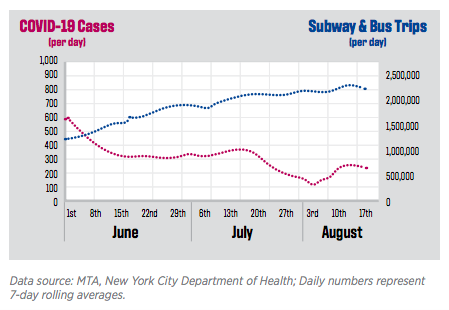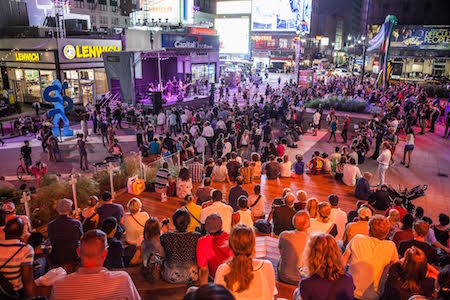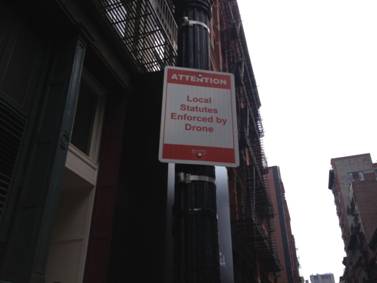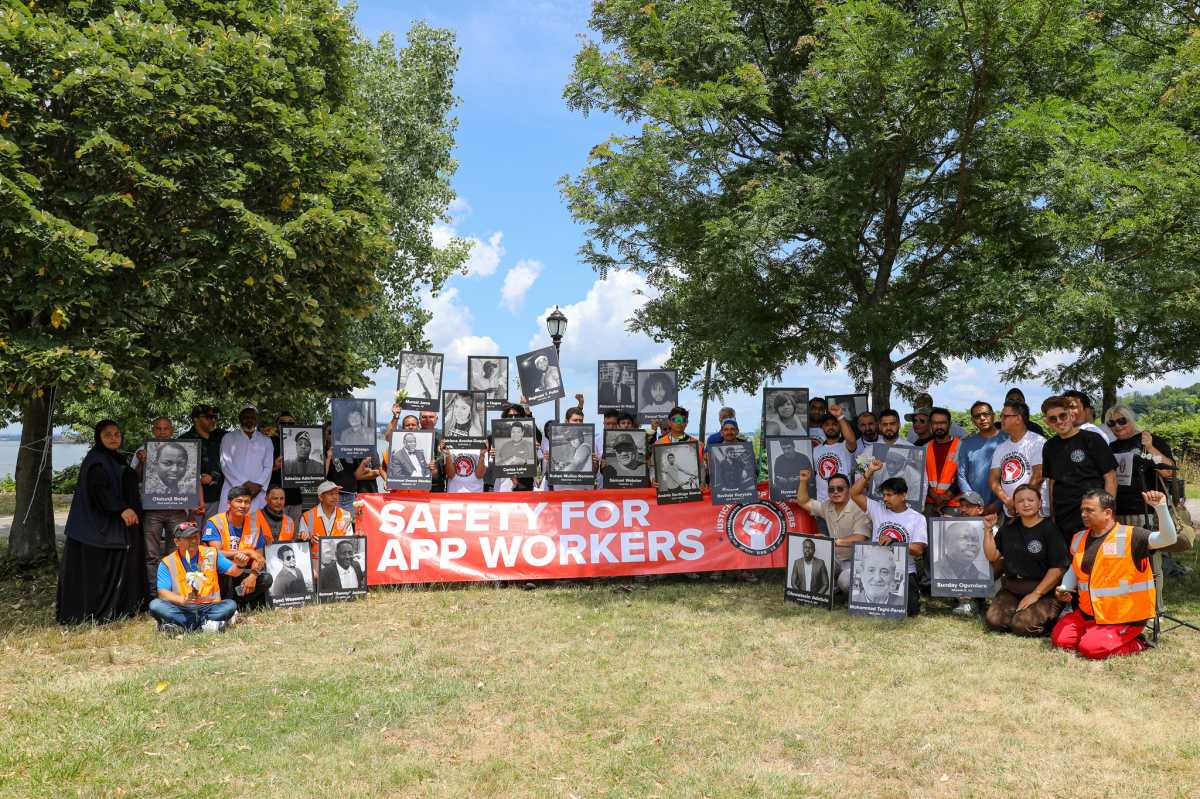A new study, countering others coming to the opposite conclusion, found that mass transit played no significant part in the spread of COVID-19 and states that taking the train or bus to work is perfectly safe when proper precautions are taken.
Commissioned by the American Public Transportation Association and conducted by Sam Schwartz Consulting examined travel of the virus, mass transit ridership as well as infection rates in multiple U.S. cities. It also inspected what measures work for mitigating the spread and concluded that there is no link between using trains or buses and contracting COVID-19.
“I know many people are hesitant to ride a train or bus because of fears of contracting COVID-19, but virologists, epidemiologists, public health experts, and contact tracers who have looked at public transit as a source of infection, have found no links,” said Schwartz, New York City’s former traffic commissioner. “The misinformation to date, largely by non-scientists, has been appalling and is leading to more driving which, in of itself, poses health impacts from crashes, pollution, inactivity diseases, accelerated climate change as well as the economic costs of paralyzing traffic congestion.”
Based on 150 million rides on New York City Transit between June 1 and Aug. 18 the infection rate in the five boroughs dropped from 3.3% to 1%, a decrease of up to 70% despite climbing MTA ridership numbers. The MTA was hit hard early on in the pandemic with ridership coming to a dead halt, measured at over a 90% reduction, which hit the agency’s finances hard.
Agency leaders since then have attempted to convince the public that there is no correlation between mass transit and the speed at which COVID-19 took the city by storm, at one point reaching up to a 25% infection rate among New Yorkers, who either took to bicycles or cars when venturing out of isolation. In April, an MIT professor published a paper claiming that mass transit in New York City was the key reason for the severity of COVID-19’s proliferation considering the five boroughs boast the largest public transportation system in North America.
The findings of the paper was widely rejected by transit minds including MTA Chairman Pat Foye who called the study flawed, leaving out other factors such as bars and restaurants.

Schwartz, a traffic expert, additionally claims that while transit agencies in San Francisco, Salt Lake City, Columbus and Austin have reported steady numbers, the number of cases in these cities continue on a different trajectory: upward.
Some explanation for the relatively little spread of COVID-19 between straphangers, according to the report, could be due to the fact that the majority of riders abide by mask mandates as well as enhanced airflow systems on trains and buses that beat those found in buildings. Doors also frequently open and close.
And while some straphangers may not have to spend long periods of time on trains or buses, there was another factor mentioned that may be particularly pertinent to New Yorkers: people in transit mind their own business. Talking between commuters is not a common enough occurrence.
Read the full report here.





































